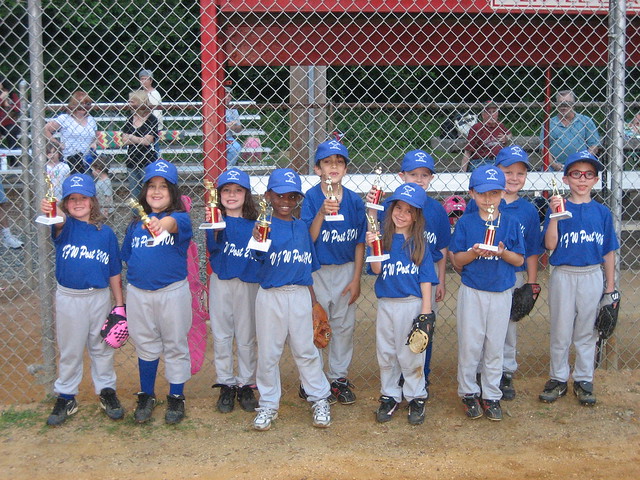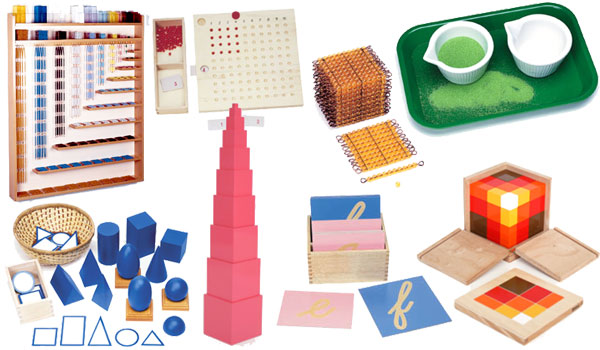 |
| An example of non-Reggio teacher-defined and regulated art |
Although I have never seen the Reggio Emilia Approach in action, it appeals to me a great deal.
One aspect that I applaud is the emphasis on the process of learning. There is another educational philosophy called the Project Approach that closely resembles Reggio Emilia. I've been told that International Baccalaureate schools teach with an emphasis on learning how to research information rather than memorizing facts. The Project Approach and the Reggio Emilia Approach both seem beneficial to that end. In a world where so much information is available on the Internet and the reaches of human knowledge are constantly expanding, skills to gather, critique, and synthesize information are vital.
One aspect that I applaud is the emphasis on the process of learning. There is another educational philosophy called the Project Approach that closely resembles Reggio Emilia. I've been told that International Baccalaureate schools teach with an emphasis on learning how to research information rather than memorizing facts. The Project Approach and the Reggio Emilia Approach both seem beneficial to that end. In a world where so much information is available on the Internet and the reaches of human knowledge are constantly expanding, skills to gather, critique, and synthesize information are vital.














